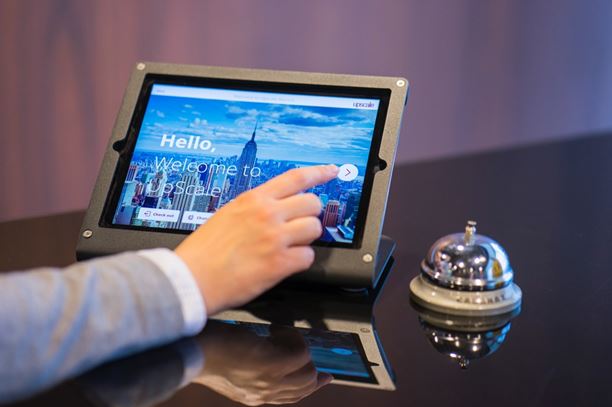Typically, onboarding is better known for the process of hiring a new employee or taking on a new client. However, there are many other scenarios that experience some form of onboarding.
How do you convince your users to use your software? How do you get them to activate it and turn into long-term products? Here are five tips for onboarding users to your software:

1. Understand the Onboarding Process:
Onboarding a new software into a company or even in personal use is often not a quick and easy process, especially if the software is extensive. You must provide the appropriate amount of time and resources, so users are correctly onboarded.
What does it mean to be correctly onboarded? It means that in the end, the user is comfortable with the software, and nothing was forgotten or left out. The user should be able to interact with the software without help. A proper onboarding phase will include introductions, software walkthroughs and demos, self-guided training, meetings, lectures, and maybe more. That is dependent on both the user and the type of software you’re pitching.
It is likely unfamiliar users may be intimidated by your new-to-them software. Right from the get-go, you should be available to alleviate any intimidations they may have and empathize with their requests. Remember, if they remain overwhelmed, they may look elsewhere to meet their needs. So, build a relationship with the user. Let them know they will be satisfied with your digital product once the onboarding phase is complete.
2. Set Goals and Expectations for Effective Onboarding:
Setting goals and expectations go hand-in-hand during software onboarding. You should set a timeline with a beginning and end for the onboarding experience but remain flexible as it may take some users more or less time. Onboarding will end once goals are complete and, therefore, these goals should be agreed upon by both you (the software owner) and the user.
As a company, not relative to one user, you should determine one or two primary goals or a mission statement and how it relates to successful onboarding. Find out which parameters you could set during this time. Most companies have different definitions for successful onboarding efforts. Some believe it happens when the customer first uses the software on their own.
Once your customer has a clear understanding of the onboarding process, they will be more comfortable using the software. With this newfound confidence, you can work together to set expectations for both the user and your company as the software owner. During this phase, you’ll outline the anticipated activities, owners, and timelines. You should also gather the necessary information needed for your customer and company to work together. Then you want to make sure all involved parties are aware of engagement and how they could be affected.
3. Utilize Tools to Aid in Onboarding:
You may find you need assistance to manage onboarding new users to your software. An efficient way to do so is by investing in product experience software. This type of technology can streamline and track the onboarding process. Each user will require a unique approach to onboarding because they will have different timelines, goals, and needs. A PX software can create a personalized onboarding experience fit right for each user, improving the process of customer adoption. You have the option to introduce in-app messages, guides, and hotspots to help users get comfortable with your software.
In the final follow-up step discussed below, you will want to assess the success of the new user’s onboarding, which you can do within a product experience software. Onboarding is only one of the phases of a user’s product experience that can be benefited by this tool. You can also measure user retention, usage trends, funnel completion, conversions, and revenue.
4. Establish Communications Internally & Externally:
Staying connected to users is critical throughout the onboarding phase to ensure customers are happy and want to continue with your software. If something unexpected happens, you’ll want to communicate these problems for transparency sake. If things are better than anticipated, inform your users of this positive news.
Not only should you improve communications externally, but you should also improve communications internally. When it comes to your company, you’ll want to inform all departments on anything that may impact onboarding activities, such as delays.
When communicating, you want to show and tell. Don’t think of onboarding as a presentation. Case studies, infographics, and guides can give both your staff and users a better idea of how the onboarding experience is going.
5. Follow-up:
As the user comes out of onboarding and moves into the adoption and retention phases, you’ll want to follow-up with them, so they remain satisfied and connected to your brand.
After creating a relationship with the user in onboarding, you will want to assess the customer’s product experience thus far. You can do this through conversation, or you can use the aforementioned PX software to send out in-app surveys or pop-up questions requesting feedback. First, seek input on their onboarding process and use their response to improve your onboarding strategy. Once the user has fully adopted the software, you can use the PX software to garner feedback on your product.





